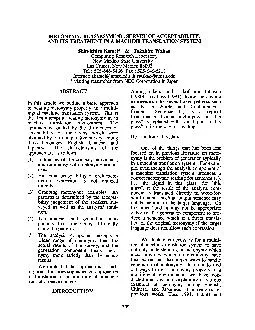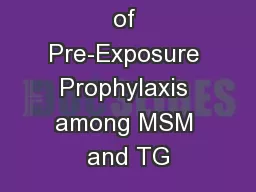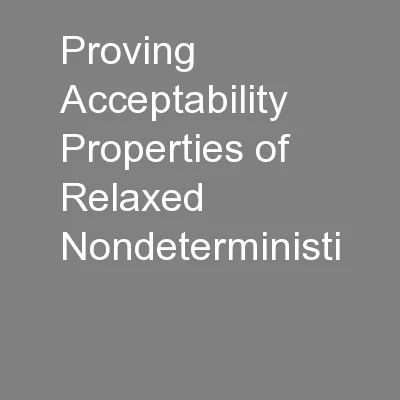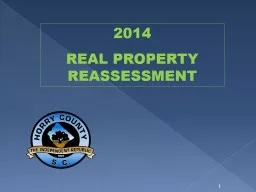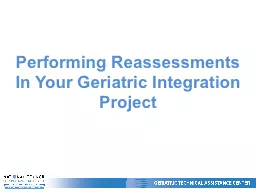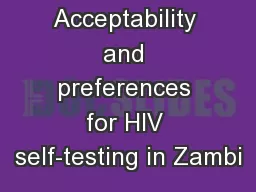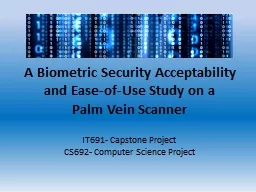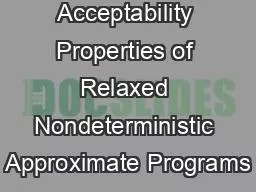PDF-REASSESSMENT, SURVEY OF ACCEPTABILITY, AND ITS TREATMENT IN A MACHINE
Author : min-jolicoeur | Published Date : 2017-02-20
Shinichiro Kamei Takahiro Computing Research Laboratory New Mexico State University Las Cruces New Mexico 88003 Tel 5056465466 Fax 5056466218 Interact skameinmsuedu
Presentation Embed Code
Download Presentation
Download Presentation The PPT/PDF document "REASSESSMENT, SURVEY OF ACCEPTABILITY, A..." is the property of its rightful owner. Permission is granted to download and print the materials on this website for personal, non-commercial use only, and to display it on your personal computer provided you do not modify the materials and that you retain all copyright notices contained in the materials. By downloading content from our website, you accept the terms of this agreement.
REASSESSMENT, SURVEY OF ACCEPTABILITY, AND ITS TREATMENT IN A MACHINE: Transcript
Download Rules Of Document
"REASSESSMENT, SURVEY OF ACCEPTABILITY, AND ITS TREATMENT IN A MACHINE"The content belongs to its owner. You may download and print it for personal use, without modification, and keep all copyright notices. By downloading, you agree to these terms.
Related Documents

